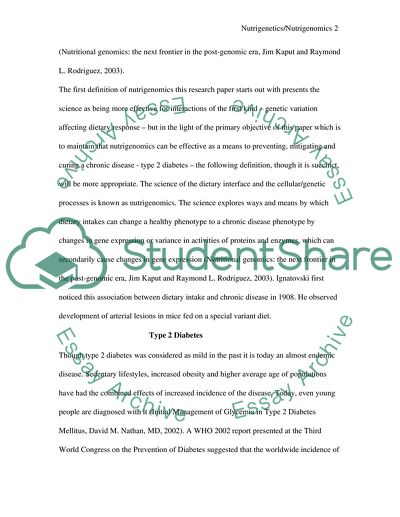Cite this document
(“The Role of Nutrigenetics/Nutrigenomics in Dietary Control of Type 2 Essay”, n.d.)
Retrieved de https://studentshare.org/health-sciences-medicine/1500102-describing-the-current-researchunderstanding-of-the-relationship-between-nutrigenticsnutrigenomics-and-a-specific-diseasecondition-we-have-to-pick-any-one-d
Retrieved de https://studentshare.org/health-sciences-medicine/1500102-describing-the-current-researchunderstanding-of-the-relationship-between-nutrigenticsnutrigenomics-and-a-specific-diseasecondition-we-have-to-pick-any-one-d
(The Role of Nutrigenetics/Nutrigenomics in Dietary Control of Type 2 Essay)
https://studentshare.org/health-sciences-medicine/1500102-describing-the-current-researchunderstanding-of-the-relationship-between-nutrigenticsnutrigenomics-and-a-specific-diseasecondition-we-have-to-pick-any-one-d.
https://studentshare.org/health-sciences-medicine/1500102-describing-the-current-researchunderstanding-of-the-relationship-between-nutrigenticsnutrigenomics-and-a-specific-diseasecondition-we-have-to-pick-any-one-d.
“The Role of Nutrigenetics/Nutrigenomics in Dietary Control of Type 2 Essay”, n.d. https://studentshare.org/health-sciences-medicine/1500102-describing-the-current-researchunderstanding-of-the-relationship-between-nutrigenticsnutrigenomics-and-a-specific-diseasecondition-we-have-to-pick-any-one-d.


